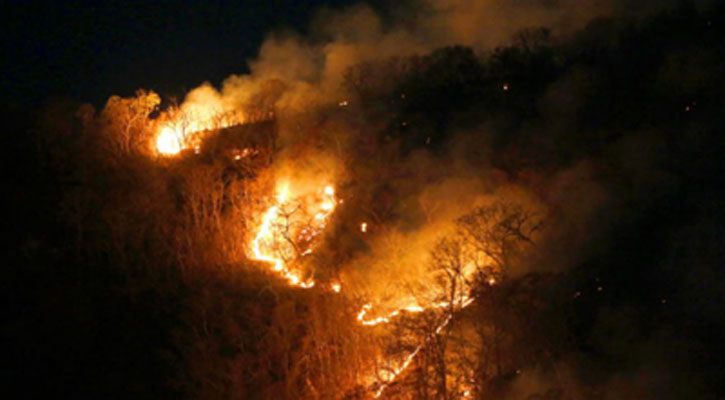Mars Dust Storms Linked to Atmosphere Loss
According to a new study, dust storms that take place on Mars represent a key part in promoting gas escape from the Red Planet
Until now, there is one thing for sure: water used to flow on the surface of Mars many many years ago; to support this fact, there is plenty of evidence, such as riverbeds, canyons and minerals soaked with water.
However, one thing remains unknown: the reason why Mars dried up. The theory that has won the most points so far suggest that most of the planet’s atmosphere was stripped by the solar wind not long after the planet lost its global magnetic field, roughly 4 billion years ago. As a consequence, the air became so wispy that Mars couldn’t support running water on its surface anymore.
Researchers reanalyzed dust-storm observations made by NASA’s Mars Reconnaissance Orbiter and saw water vapor increase in the middle atmosphere, 30 to 60 miles up, during regional dust storms. However, water vapor was most affected during a dust storm in 2007, as it moved to a higher altitude and increased in volume more than a hundredfold.
“We found there’s an increase in water vapor in the middle atmosphere in connection with dust storms. Water vapor is carried up with the same air mass rising with the dust,” study lead author Nicholas Heavens, a geophysicist at Hampton University in Virginia, explained
Other observations suggest that there is a link between the planet’s middle atmosphere water volume and the escape of atmospheric hydrogen into space.
“It would be great to have a global dust storm we could observe with all the assets now at Mars, and that could happen this year,” study co-author David Kass, said







